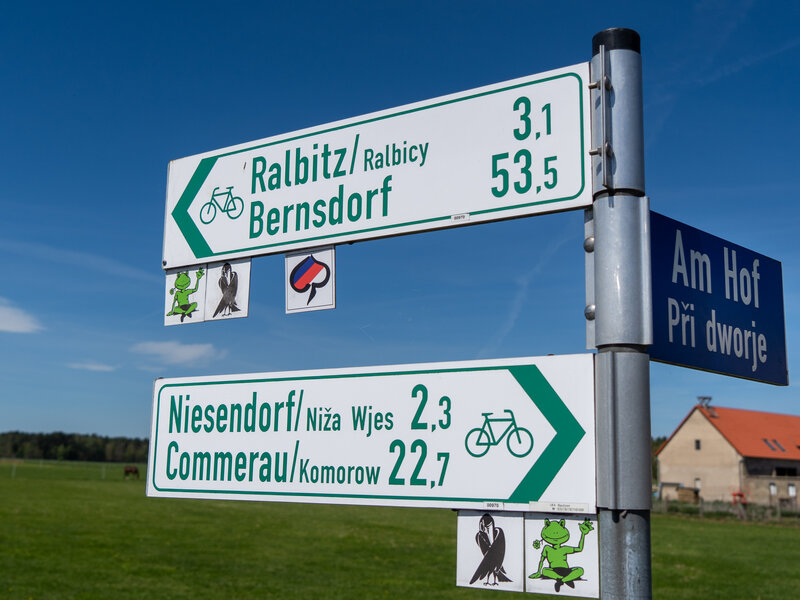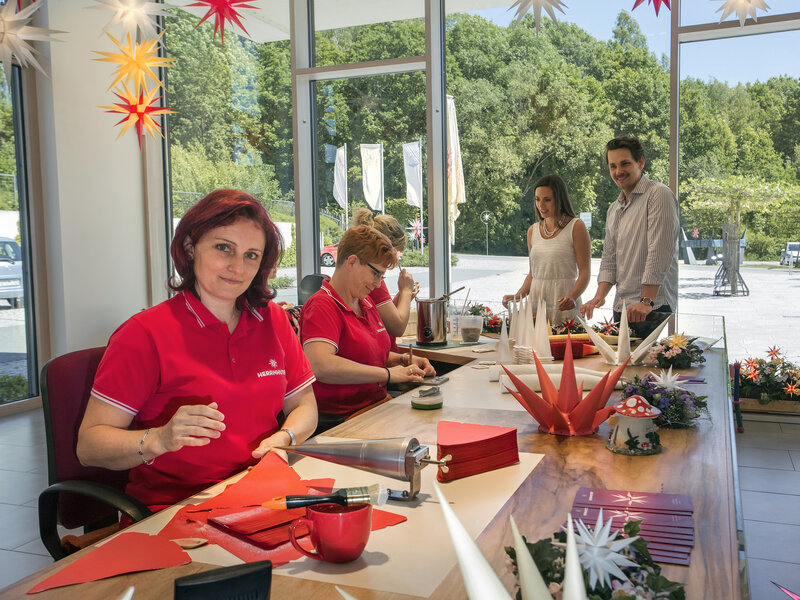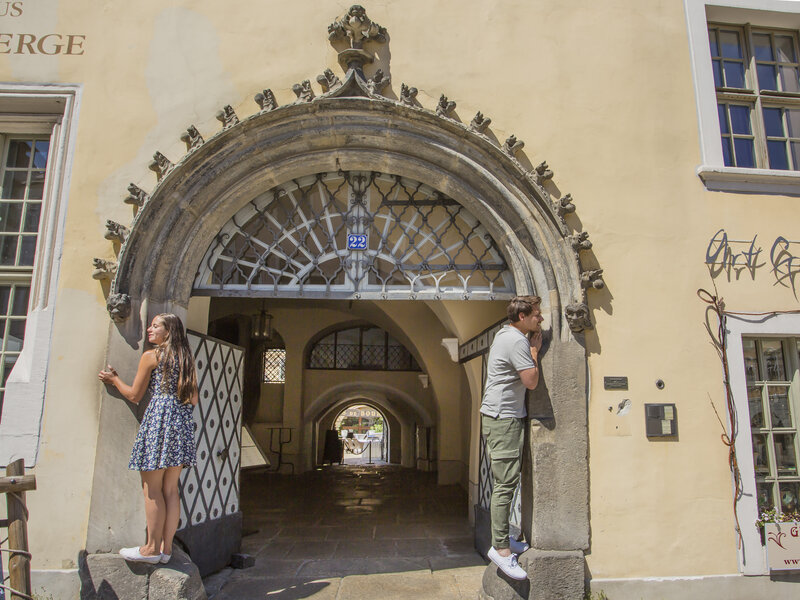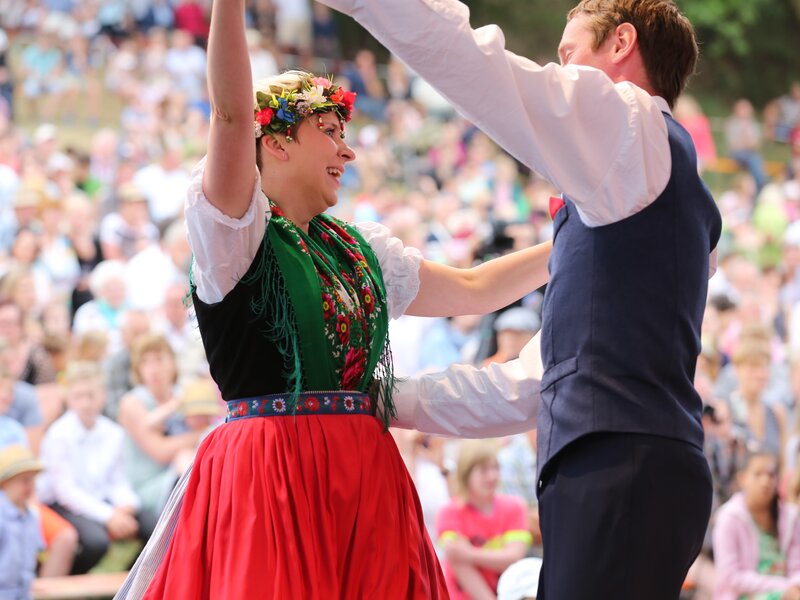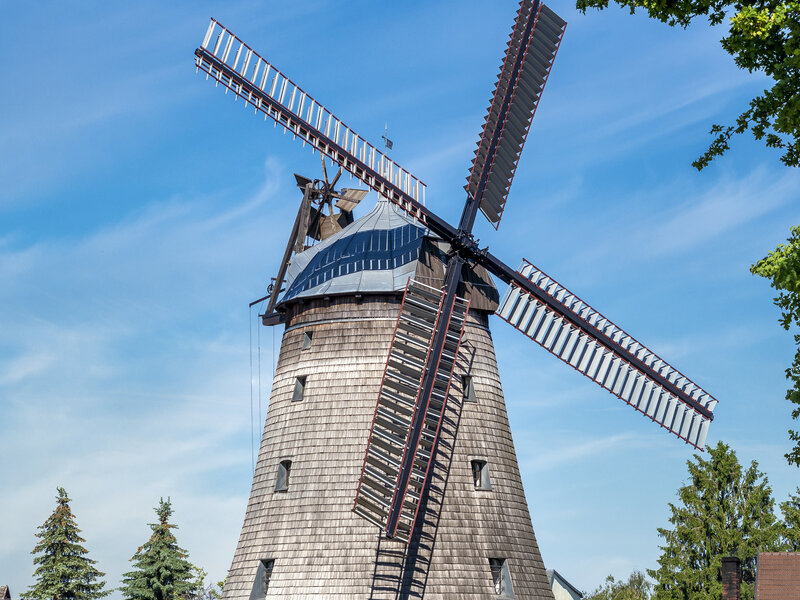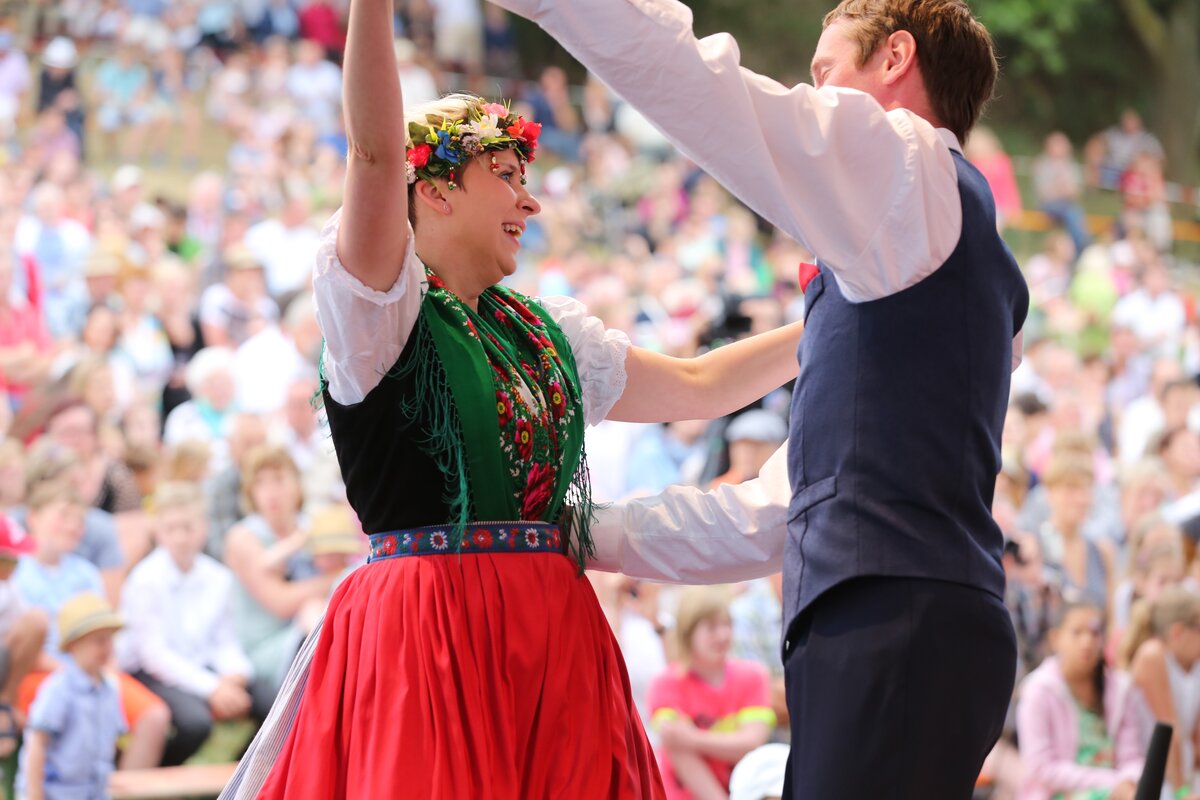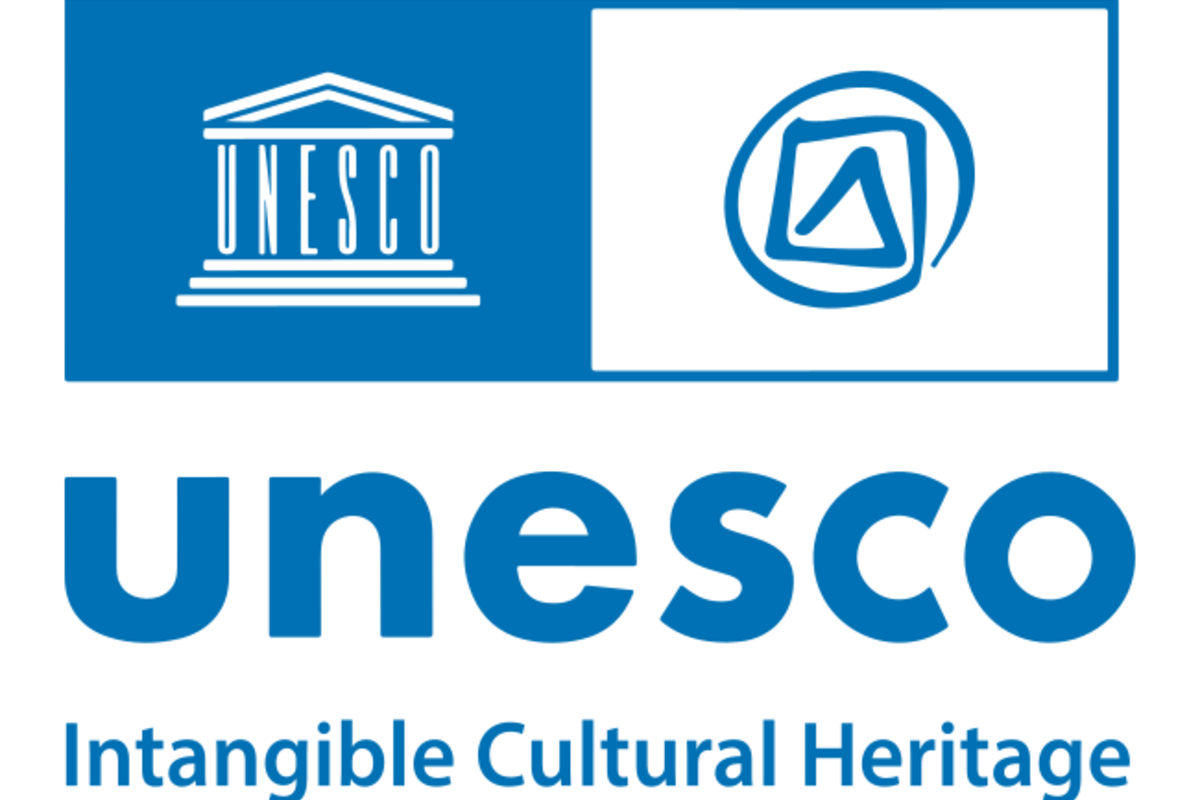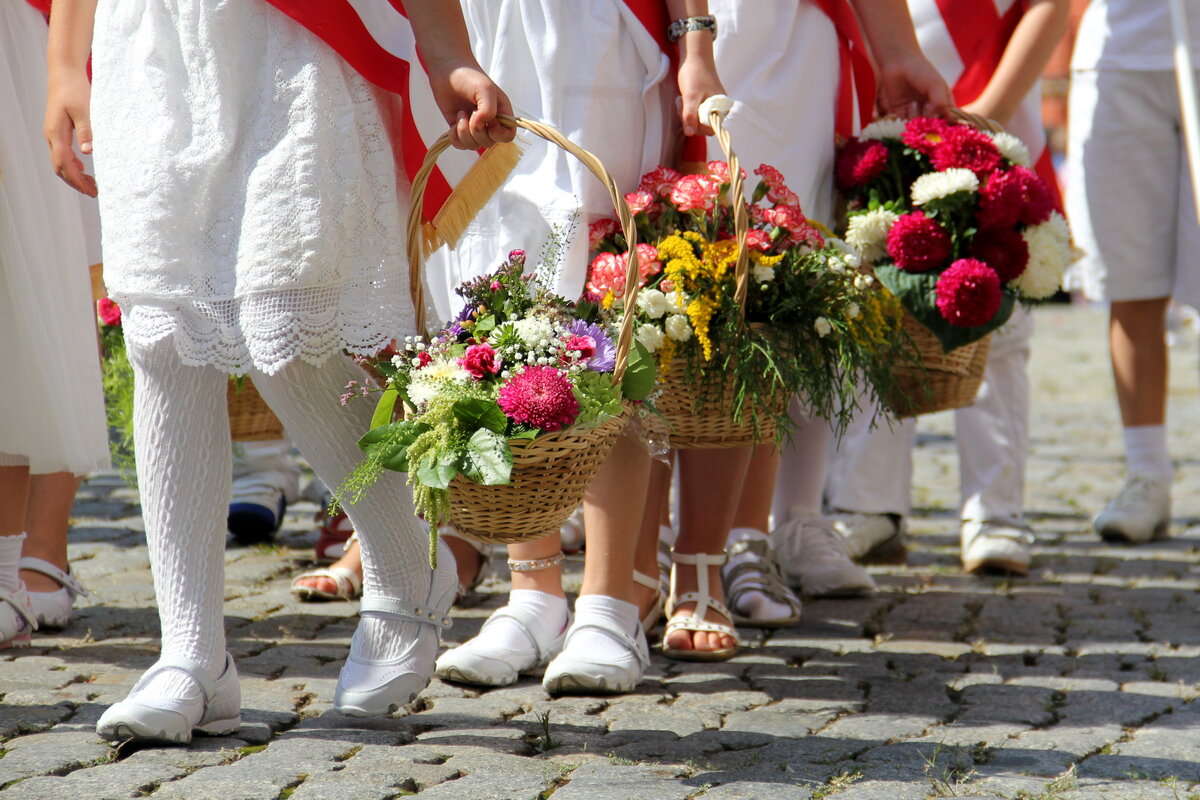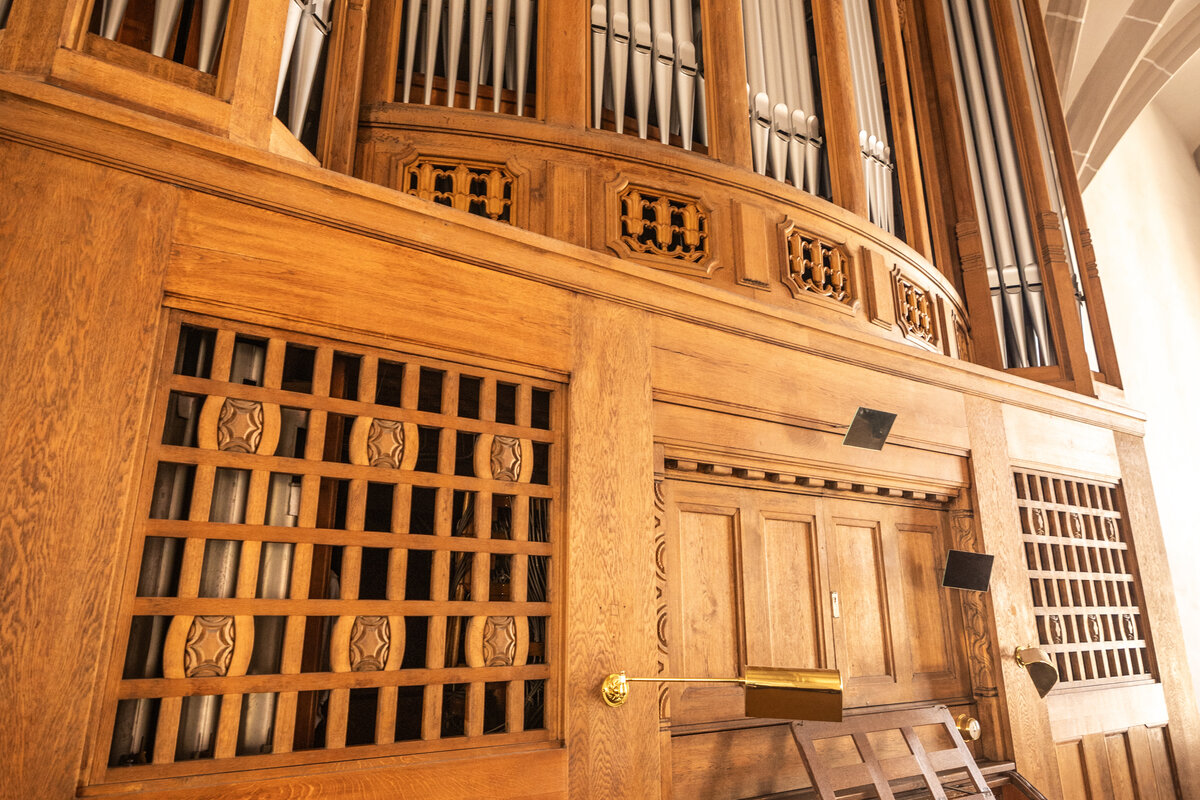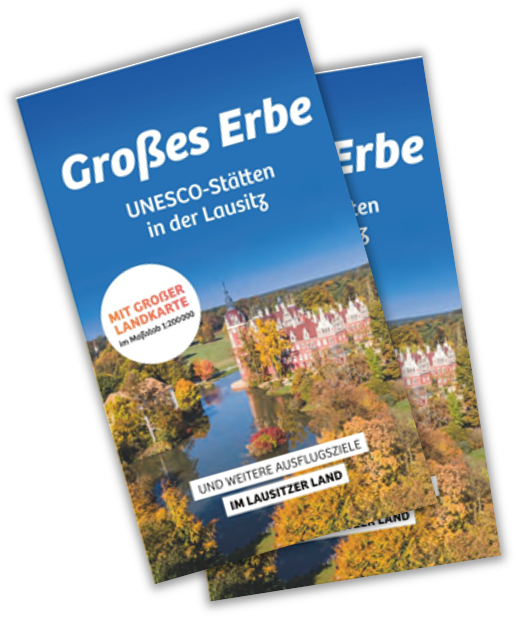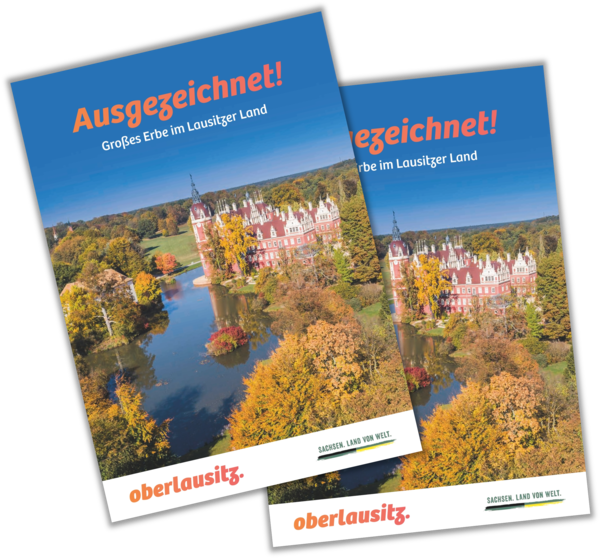Living heritage
Intangible cultural heritage includes living traditions from the fields of dance, theater, music, oral traditions, natural knowledge and craft techniques. These forms of cultural heritage are decisively supported by human knowledge and skills. They are an expression of creativity and ingenuity, convey identity and continuity and are passed on from generation to generation and constantly reshaped. Intangible cultural heritage often also forms the basis for tangible cultural heritage.

UNESCO International List of Intangible Cultural Heritage
The International Intangible Cultural Heritage List is compiled by UNESCO and includes cultural traditions and forms of expression from all over the world. The aim of this list is to preserve and promote the diversity of intangible cultural heritage worldwide and to support international cooperation and the exchange of experiences. The International List recognizes cultural assets that are important not only for individual countries, but also for humanity as a whole.
Examples from Germany on the international list:
- Blue printing (together with four other countries) - Pulsnitz site
- Manual glass production (together with five other countries) - Weißwasser site
- Organ building and organ music - Bautzen site

Intangible cultural heritage in Germany and Lusatia
The nationwide list of intangible cultural heritage in Germany includes cultural traditions and forms of expression that are practised and passed on within Germany. This list is compiled and maintained by the German UNESCO Committee. It aims to raise awareness of the cultural diversity and rich cultural heritage within Germany. Entry on the national list is a prerequisite for nomination to the international UNESCO list of intangible cultural heritage.
In Lusatia, this includes
- Social customs and festivals of the Lusatian Sorbs
- Kamenz Forest Festival
- Construction and use of the Spreewald barge
Impressions of the living heritage


